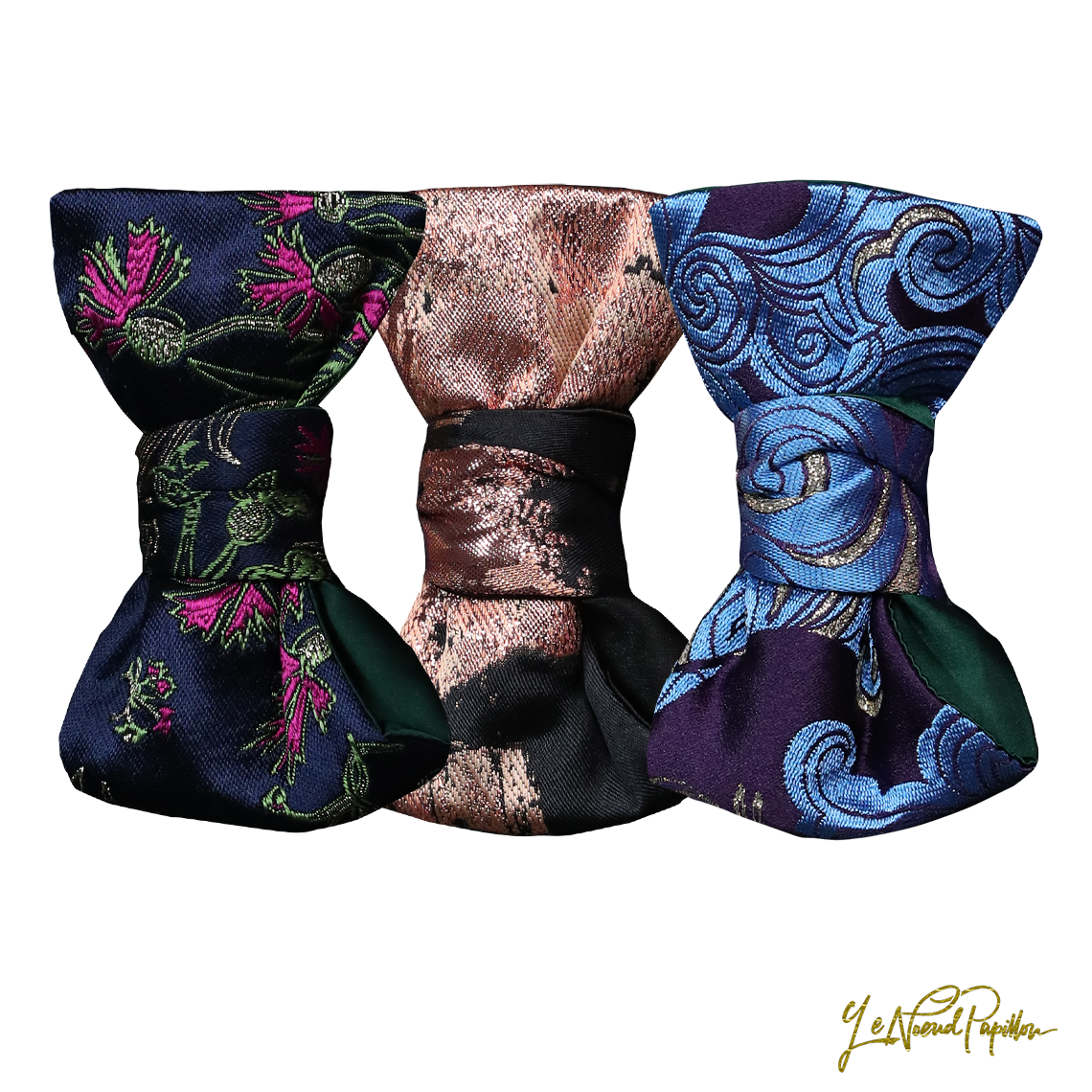It was therefore a major privilege to be invited by the Panzeri family to visit their screen printing facility in the province of Como. They continue to make for some of the world's most esteemed labels though I am not able to disclose who those brands are. For it is a small fraternity of brands which will outlay the capital costs of the production of screens and and the required minimum number of metres needed for it to make sense for the printers to go ahead with an order.
The companies that do go down this path often choose to use more than 15 screens to make the silks that much more rich and intricate than the prints that are used by brands which digital print. The quality of the finished fabrics speaks for itself, they offer both very rich on the eye and in the hand and it is unmistakeable compared with their less expensive counterparts which are printed via extremely large ink printers.
The process of silk screen production starts at a design level from the brand's art departments. The artwork these days is produced on vector graphics programmes like illustrator. The artwork has to be made in layers which identify the precise colour of each screen which will later lay down a pigment. So the layers are sent to the print house as vector files which must each be printed as a screen, something which is labour intensive itself. An emulsion is pasted onto the screen that eats away at the film so that where pigment is transferred across, it only penetrates where the emulsion has eaten away at the film. Maybe my words convey this adequately, but I am hoping that the images below will be self-explanatory.
With a roll of base fabric (satin silk or silk twill in various weights) laid on a long 40 metre table which is basted with a soft sticky resin that keeps the fabric neatly smoothed out on the table, along comes two technicians who register (the art of place each screen exactly on a marked line which ensures no overlap) the screens and one by one move long the table pushing the pigment back and forth evenly to ensure that there is even use of the colour across the entire print. These men are often of a similar weight or size to ensure that the pigment is not laid down more heavily on either side of the table.
In the case of one of the most prestigious brands in the world that was printing on the table that day, a total of 15 screens were used to create a complicated paisley design that would be used in a limited edition series of ties which mark the screens exactly by colour on the rear blade of the tie so that the end customer has some certainty that what he paid for IS the real deal.
The tie company went one step further, marking each screen with the exact pattern for cutting the tie into the screen to ensure that every tie was made exactly the same. The end product then becomes something of a fusion between science and art. The art of the designer who conjured up the design to begin with, the artfulness of the people who translate it to screens, the science of the man who mixes the pigments, the artisan workers who register every screen and push and pull the pigment down the long tables, then the science of how to precisely wash the silk in soapy washing machines and the technicians who build the machines to do so. And then, finally, the artisan who cuts and sews the tie together.
It's something to be marvelled at. Because it is so easy to press send on an email and for that file to be opened and forwarded to a printer which then prints the fabric. Don't get me wrong, there is still skill in this discipline too, but it is so much less intensive.
It is for this reason that I still get such a buzz when I see the intricate screen work offered in Hermes scarves, the ultimate, in my opinion, in the world that merges art and science in printing together to create silks which have a sensory appeal without peer.
To have a glimpse into this world reminded me that although we use some of the best digital silk printers in the world today, there is still so much than can be achieved if you are able to find both the customers and the capital outlay required to explore the magnificent world of screen printing.







